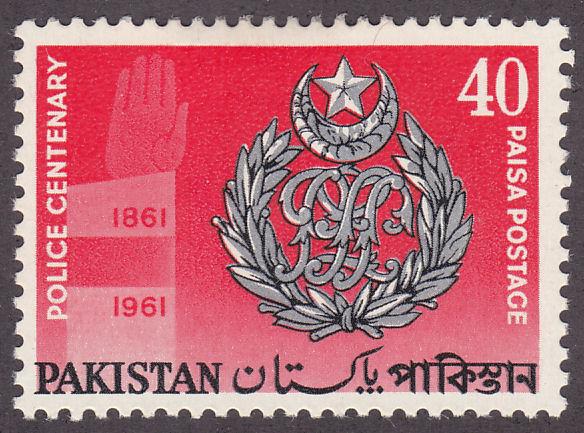Current Affairs and Developments in Pakistan

Introduction
Pakistan, a nation with a rich history and strategic geopolitical significance, has found itself at a crossroads recently. The political landscape is changing rapidly, influenced by both domestic challenges and international relations. Understanding the current events in Pakistan is vital as they hold implications not just for the region but for global politics as well.
Political Turmoil and Leadership Challenges
Pakistan has been experiencing significant political upheaval, particularly since the ousting of former Prime Minister Imran Khan earlier in 2022. His removal from office ignited widespread protests, with his supporters calling for early elections. The current Prime Minister, Shehbaz Sharif, has had to navigate these turbulent waters, facing criticism over the economy and government governance. In recent weeks, Khan has been leading large rallies demanding his return to power, which has raised questions about stability and democratic processes in the country.
Economic Struggles and International Aid
The economic situation in Pakistan is precarious. The country is grappling with high inflation, depreciating currency, and rising unemployment rates. According to the State Bank of Pakistan, inflation soared to an alarming rate of over 27% in August 2023. This economic distress has prompted the government to seek assistance from international bodies, including the International Monetary Fund (IMF), to alleviate the financial crisis. However, negotiations have been contentious, with the IMF demanding stringent economic reforms that have created public discontent.
Social Issues and Development
Socially, Pakistan faces myriad challenges. Education and healthcare sectors require urgent attention, especially with high rates of illiteracy and inadequate healthcare facilities in rural areas. Initiatives aimed at improving women’s rights and access to education continue to be met with resistance. Nonetheless, there are positive developments, such as the rise of youth activism, which has brought attention to critical issues such as climate change and gender equality.
Conclusion
The situation in Pakistan is fluid, with political, economic, and social frameworks under significant strain. The nation’s future holds uncertainty as it grapples with deeply rooted challenges and seeks a path toward stability and development. For readers interested in international affairs, the developments in Pakistan serve as a case study of a country at a pivotal moment in its history, where timely responses and decisions could shape the trajectory not only for its citizens but for regional peace and security as well.









